The position of film photography has never been stronger. Against the intangibility of our virtual reality, the medium of photography and its process gives viewers the craved tangibility of physical reality and tactility. There is now a desire for presence.
People crave realness, authenticity and tactility in artworks, not one that only possesses a brain but with heart and soul. We want to feel the presence of the artist through the artwork. We desire artworks that serve a purpose, not just to illustrate an idea but to create a sense of awe that increases knowledge.
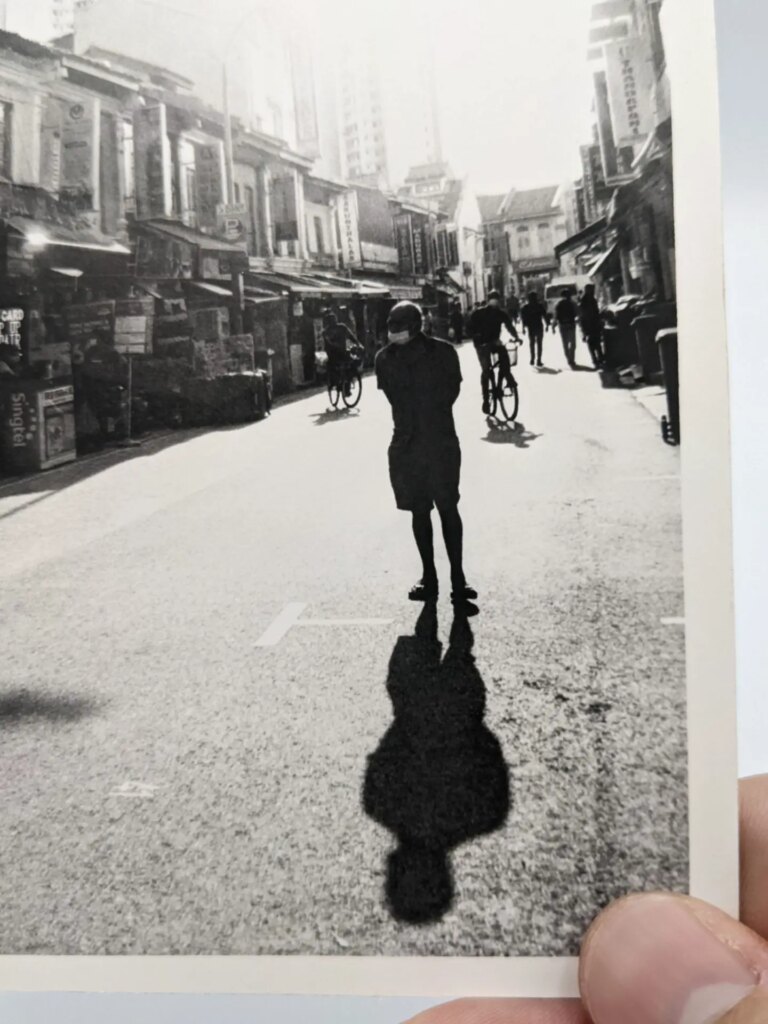
As AI-generated art becomes easily available to the public, I want to highlight three natures of film photography that makes it unique.
Film photography is intimate
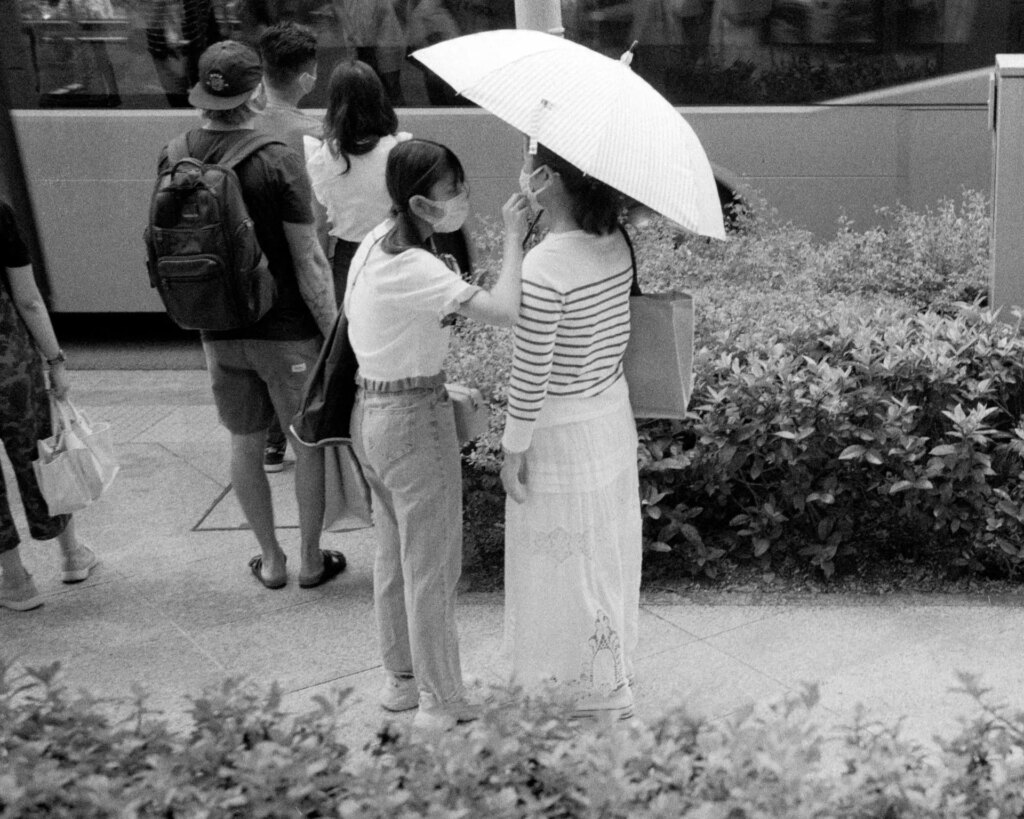
It is near and it is close. Physically, the photographer encounters his subjects. Emotionally, his subjects draw him to release the shutter. The intimate exchange and sharing of a moment, of a now, to create an artwork makes the photographs unique. The physical film that captured it was present at that moment, and a darkroom print that was made afterwards was also physically close to the film. Unlike a digital work that can be sent and transferred virtually, a silver-gelatin print is an immediate artwork created through an intimate process.
Film photography is human
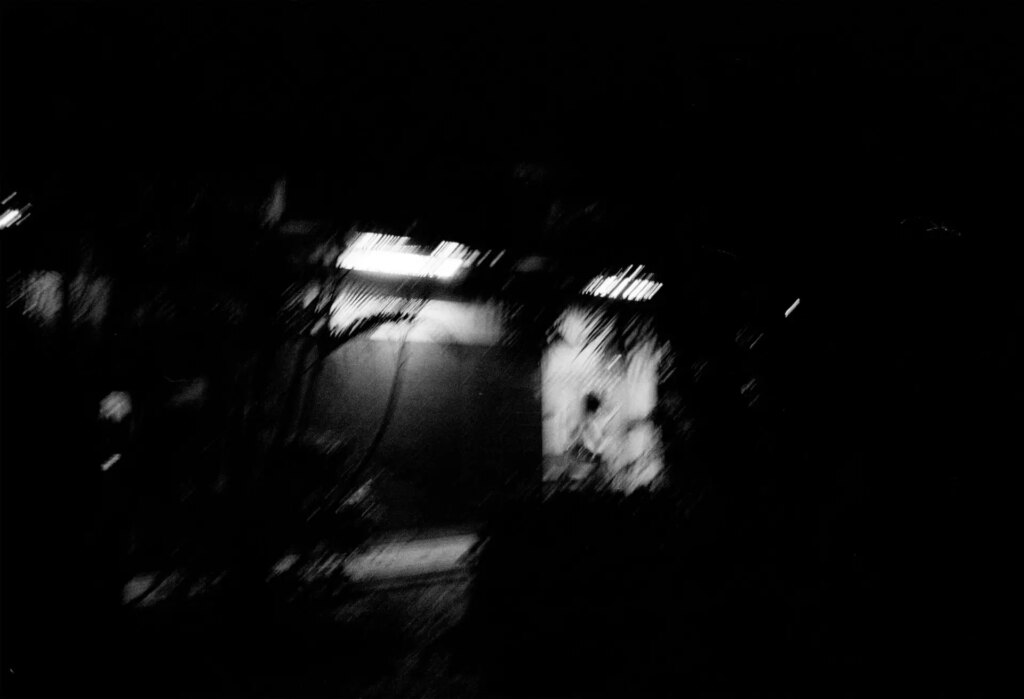
It can be senseless, disorderly, or derived as a non-construct. Unlike AI-generated art that follows a formula, the thinking (and feeling) person can make ‘bad’ photographs, making all the mistakes, and breaking all the rules to construct an image that is lacking in subject and object. Yet, the image, however chaotic, urges the viewers to find some logic and process behind the artist’s choices. While chaos from an AI is seen as a mistake, an artwork from a human being, going against the conventional, only reveals the unique quality of humans. We are beings that not only think but are also aware that we are thinking.
Film photography is evidence
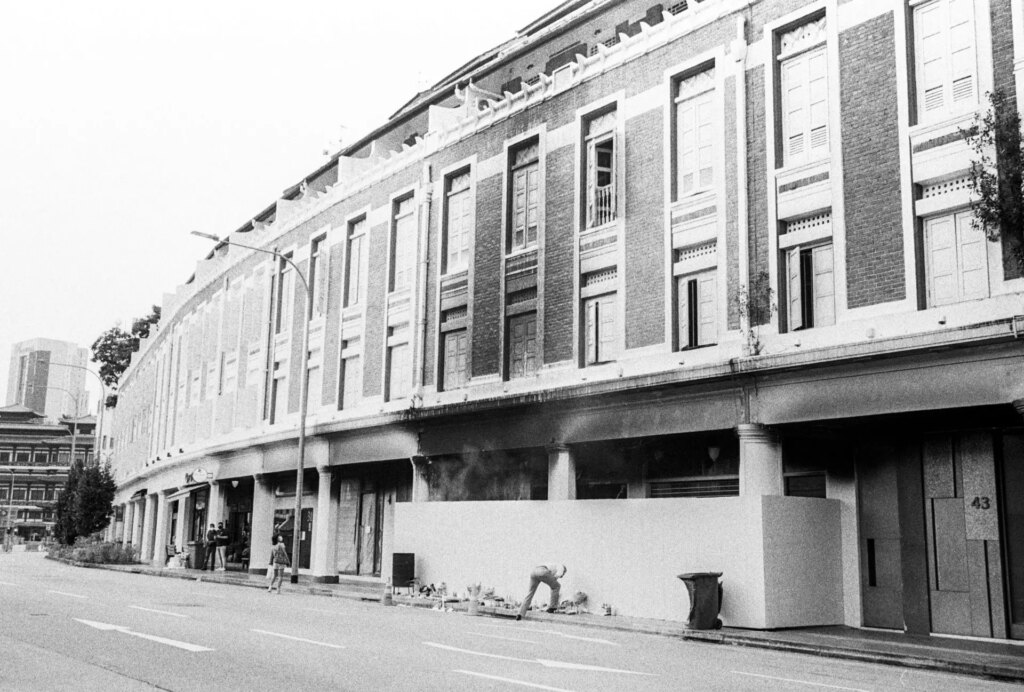
Photography stands unique amongst artistic mediums as one which uses reality as its paint. These captured happenings, regardless of authenticity, must have existed somewhere at some point in time. It is this special quality that photography has that not only sets itself apart from AI-generated artwork but also other forms of traditional artistic medium. When (knowingly) looking at an AI-generated image, the sense of reverence is immediately withdrawn from its audience. A barrier between artwork and the audience is created as the line between virtual and reality is drawn. Whereas an authentic photo forces the audience to confront reality. Be it a personal memory of a person, a place, or the collective memory of one as a participant in culture, photography is evidence of an event that happened in the past, and possesses the power to connect us as part of a shared story.
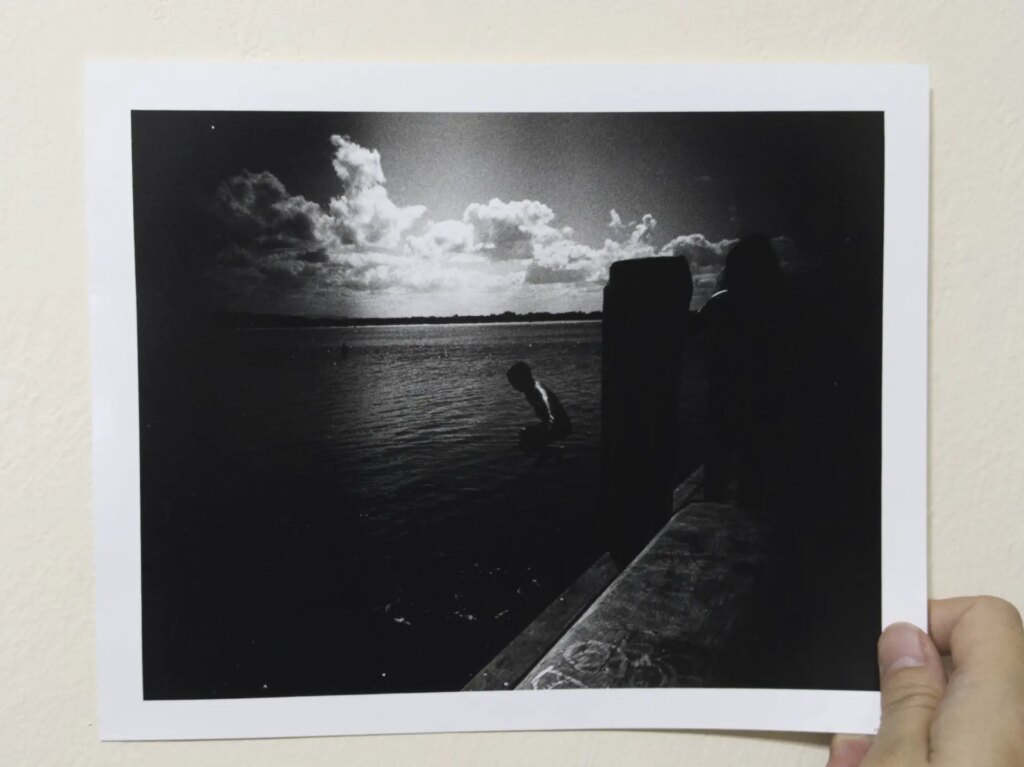
I hope that these three points would encourage film photographers to see their craft in a new light and to understand that the position of film photography is unique and unthreatened. A good photographer can reach beyond the spectacle that AI-generated art can produce and seize their viewer’s attention. If you find an AI replacing your work, perhaps it is because they are not human enough.
@josephtanart
Website
Joseph Tan
Share this post:
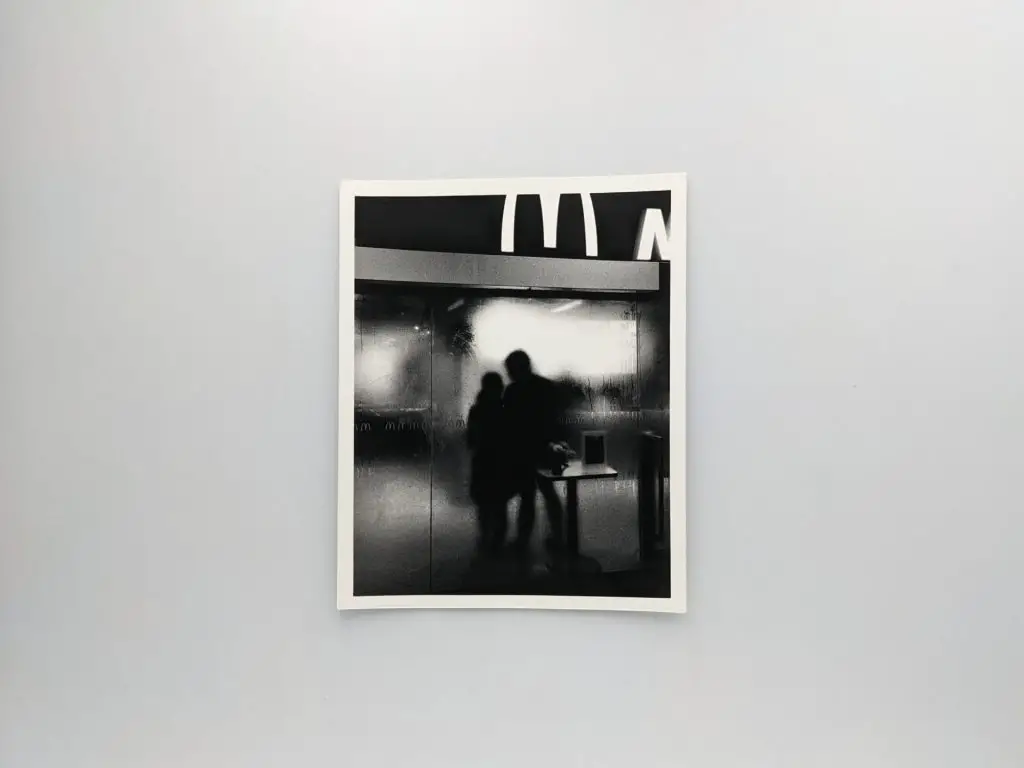








Comments
Jalan on The Role of Film Photography in an AI World – By Joseph
Comment posted: 12/02/2023
Comment posted: 12/02/2023
John Fontana on The Role of Film Photography in an AI World – By Joseph
Comment posted: 12/02/2023
Comment posted: 12/02/2023
Bill White on The Role of Film Photography in an AI World – By Joseph
Comment posted: 12/02/2023
Comment posted: 12/02/2023
Comment posted: 12/02/2023
Comment posted: 12/02/2023
Jerry Scoby on The Role of Film Photography in an AI World – By Joseph
Comment posted: 12/02/2023
Reed George on The Role of Film Photography in an AI World – By Joseph
Comment posted: 12/02/2023
Very thought-provoking reading, thank you.
I believe that the goal of AI should be to eventually make itself indistinguishable from other forms of intelligence. As it improves, I believe it actually will compete with organic intelligence, though I don’t welcome that day.
Your image of the fire site is an example of where AI is not there yet. It was a discovery process for me to go from the articles on the sidewalk (which I perceive as some type of memorial), to the person looking up, to the smoke/fire damage to the front of the building. I believe that the current state of AI would not produce such a complex and layered image.
Thank you!
Reed
Comment posted: 12/02/2023
Peter on The Role of Film Photography in an AI World – By Joseph
Comment posted: 12/02/2023
Contemporary art curators value novelty and concept.
I’d expect to see a wave of machine-learning made art including ‘photographs’ coming up and being considered ‘high art’, because that’ll be the shiny new object for a while.
I think we might we might be seeing a lot of the notion of artwork becoming legitimate when viewed by a human though. That’s been a pillar of belief in the art world conferring status on all kinds of machine assisted creative processes ever since the industrial revolution.
Comment posted: 12/02/2023
Bill Brown on The Role of Film Photography in an AI World – By Joseph
Comment posted: 13/02/2023
Comment posted: 13/02/2023
Comment posted: 13/02/2023
Comment posted: 13/02/2023
Noah Macomber on The Role of Film Photography in an AI World – By Joseph
Comment posted: 13/02/2023
Comment posted: 13/02/2023
Huss on The Role of Film Photography in an AI World – By Joseph
Comment posted: 14/02/2023
Wouter Willemse on The Role of Film Photography in an AI World – By Joseph
Comment posted: 15/02/2023
Two points are pet peeves: please call it deep learning, rather than AI. It is not intellegent as long as it doesn't know it's wrong autonomously. The other point is that I fail to see why film photography would be any different from digital photography for the points you raise, apart from having a physical negative. As much as I like shooting film, ultimately it's about making worth-while images - the medium on which it is captured is really a secondary matter.
But the core point I disagree: it is an assumption that machine learning cannot reach the level of a really good photographer. It is, at this point in time at least, completely unknown where its limits will be. This technology is rapidly maturing, but still quite young.
That line between life-like and virtual may not at all be obvious when you're unaware how the image was generated. I've seen very competent studio portraits. Only to learn afterwards that the people in the photo do not exist as it was machine learning that made it.
It's too early to make conclusions about what this technology can and cannot achieve in these terms.
Which doesn't change that deep learning can and will impact photography. I spent some time thinking it over too (https://www.ww-web.nl/art-ificial-gloom-and-doom). My conclusion, however, was that there are two things where deep learning cannot replace human photographers: the ability to respond immediately to a specific situation, and perceive the value of that specific moment. That split second where you see the light is just perfect...or the action tells a story worth telling, etc.
The other thing: in order to continue to evolve, and deal with real-world changes, the machine learning data sets will need fresh data. If we all stop making photos, deep learning will continue to creates images that look like 2021/2022.
Ultimately, though.... just do what you enjoy doing. I like making photos, the fact that others also create photos has no influence on me liking to make photos, nor the photos I make. Machine learning in that sense is just another photographer to me.
Comment posted: 15/02/2023
James S. on The Role of Film Photography in an AI World – By Joseph
Comment posted: 16/02/2023
Comment posted: 16/02/2023
Josh on The Role of Film Photography in an AI World – By Joseph
Comment posted: 17/02/2023
But AI "art" appeals to people who have little or no interest or self-discipline in creating real images. Therefore, they have to destroy the perceived value of the real.
The faux-relativist comments above are just the tip of the iceberg of these bad-faith arguments. Some of these folks are people who never tried to create art. Some are people who gave up trying and think they found an easier way of creating art without skill. But all are willing to abandon the process of creation to simply rehash the works of others, in the hope that they can stamp their name on it and take some profit from it without having to grow a skillset.
You won't win them over on a definition of reality because they have a vested interest in disputing that definition to shoehorn their graphic outputs into some sort of peer relationship with art that takes effort.
Comment posted: 17/02/2023
Marco C on The Role of Film Photography in an AI World – By Joseph
Comment posted: 20/02/2023
I would argue that a negative has some aura, as as you say it has the unique quality of being in a certain place at a certain time (at the time of exposure and after development it remains an artifact), but being just an intermediate step towards a photograph can we consider it a work of art by itself?
Maybe the digitalization and binning of the negatives could be a performance act in which we destroy the last bit of aura that still exist in analog photography ;)
Comment posted: 20/02/2023
Comment posted: 20/02/2023
Comment posted: 20/02/2023
Victor Bezrukov, photographer on The Role of Film Photography in an AI World – By Joseph
Comment posted: 08/05/2023